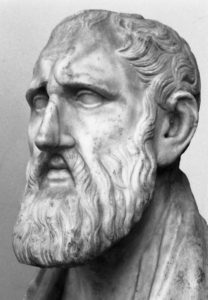Stoicism’s Big Moment.
“God, grant me the serenity to accept the things I cannot change,
Posted in Marketing History.
 A few years ago, I was conducting research on addiction recovery. In a focus group among participants who were successfully managing their condition we got to discussing The Serenity Prayer, written in the 1930’s by Reinhold Niebuhr, and often quoted in addiction treatment settings:
A few years ago, I was conducting research on addiction recovery. In a focus group among participants who were successfully managing their condition we got to discussing The Serenity Prayer, written in the 1930’s by Reinhold Niebuhr, and often quoted in addiction treatment settings: